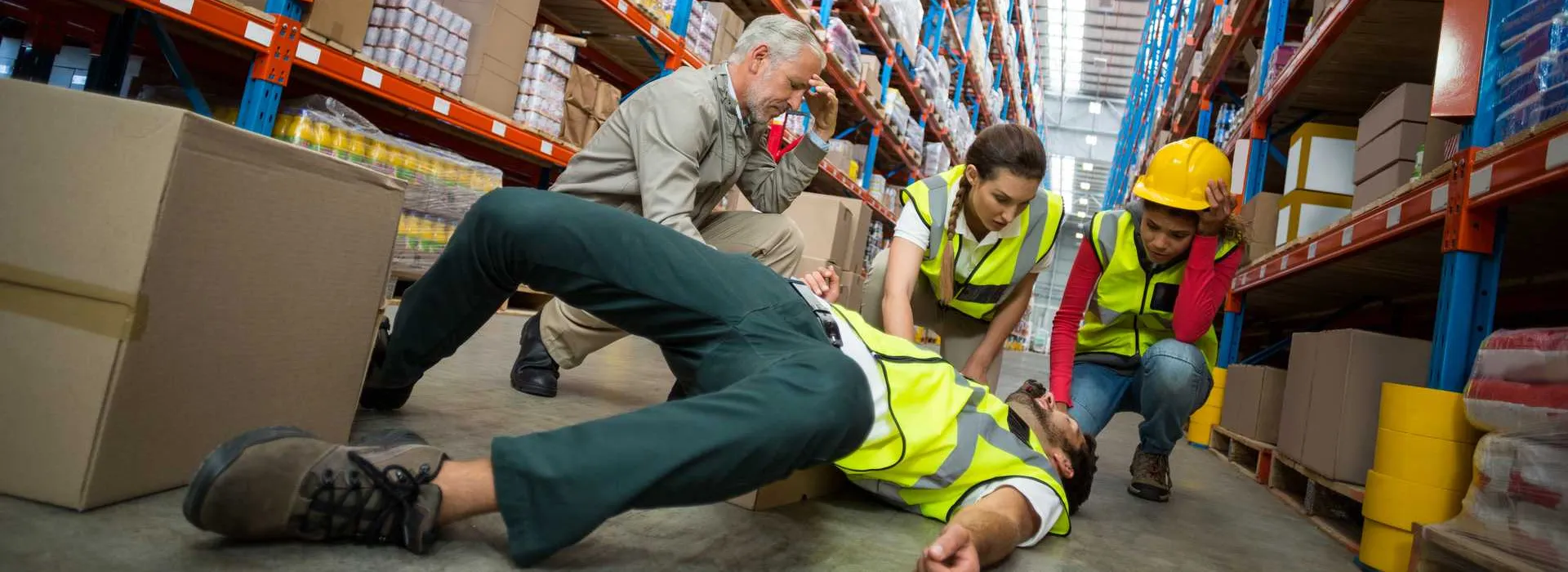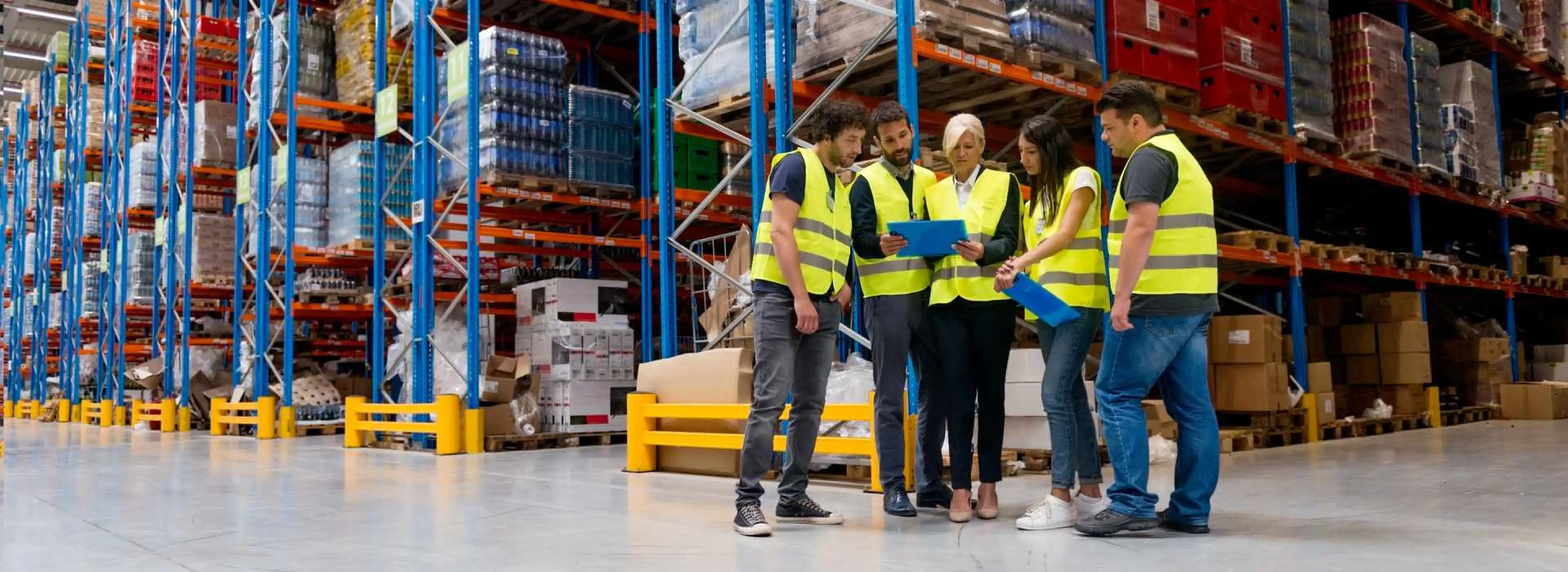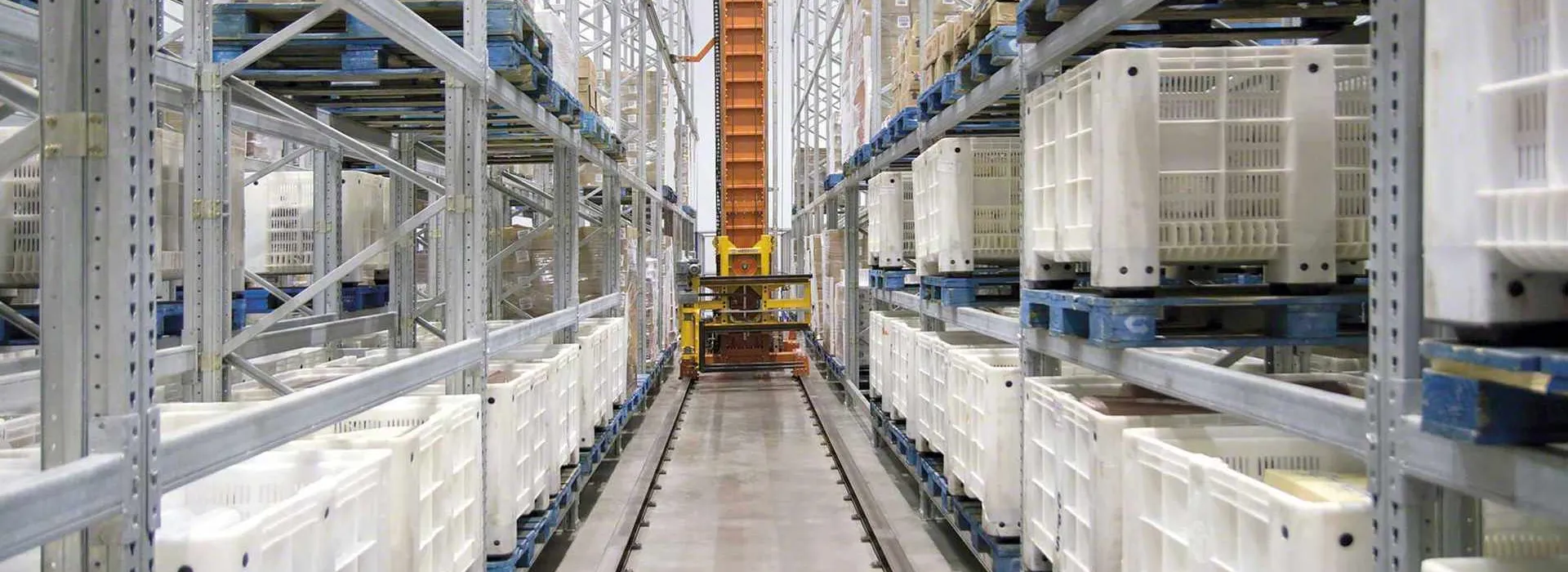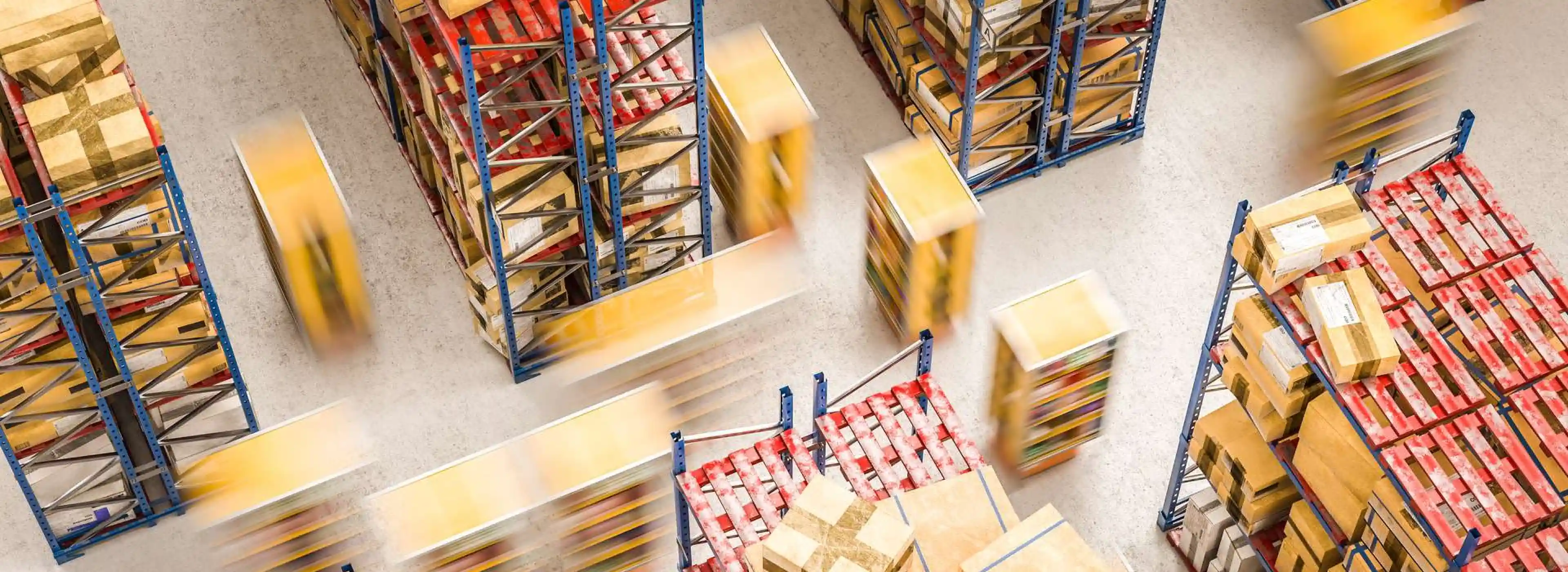Warehouse safety and health management is an aspect that can never be overemphasized. But, the truth is that warehouse managers often struggle with it. In fact, OSHA statistics reveal that as many as 16 warehouse workers died while working at warehouses 2015-2017.
Click Here: Optimize Your Warehouse Processes With This Advanced & Affordable WMS
As you know, complying with safety norms involves a high degree of attention and implementation. The truth is that safety practices can be best implemented only once you know what safety challenges you are facing so you can resolve them. Trust me, it can be overwhelming. And perhaps, you’ve experienced it already. Today, litigation is a scary enemy of businesses. So, they must be doubly cautious regarding the health and safety provisions.
But let’s take baby steps to find out what we can do about it. Here are some handy warehouse safety tips.
Risk Assessment – First Step in Warehouse Safety
The very first among warehouse safety tips to begin with is risk management.
For this process, you must carefully examine risks that can harm your workforce. Then, determine whether you have things in place to avoid or need to take measures to prevent it.
If you think that the present warehouse management resources may not be able to do this risk assessment, hiring expert services should be considered. But make sure you make this decision wisely.
Here are a few things that you need to do to complete this process:
Identify the Risk First
Simply walking inside and outside the warehouse can show the very scenes that indicate risks. Go ahead and consult your colleagues and subordinate staff about potential risks. The product safety instructions can also guide you about the potential dangers these products might pose.
Here is an accident triangle derived from the findings of Frank Bird and W.H. Heinrich that defines the ratio of accident risks. It’s an excellent representation of how smaller incidents may lead to a bigger, serious one.

Determine Who is Vulnerable
For each risk that you determine, you need to know the vulnerable target. You need to list the workforce by classes and categories and see who is most vulnerable to what risk (safety and health).
Consider those who spend maximum time near these hazards, those who come occasionally (cleaners, maintenance workers), and even visitors.
Now, devise a warehouse safety plan. Some measures may be very small changes, such as ensuring no spills on the floor. Some may be big changes, like adopting new technology.
Implement, Document, and Communicate the Findings
This is the real deal—putting the results and findings into practice. Safety best practices include implementation and regular assessment of implementation, so it is a continuous process.
You need to first record these findings to ensure the parameters for which you assess the measures. Then put the problem, its solution, and the action taken all in one place.
Then, you need to communicate your risk assessment to your staff in a way they understand. It is only with the implementation at the people’s end that your risk assessment will work.
Review and Update Religiously
As new additions and subtractions are made regarding equipment and procedures, new risks may become evident. It is great to set a time frame for reviewing the performance of your risk assessment, say every 3 months or every 6 months so that you can make necessary changes. Nevertheless, if a change is necessary immediately, don’t wait for the scheduled review date.
Layout and Design are Next
The design and layout of the warehouse should allow safe mobility for people and goods. A well-laid and intelligently designed warehouse reduces the risk and number of accidents, particularly with slips/trips and vehicles.
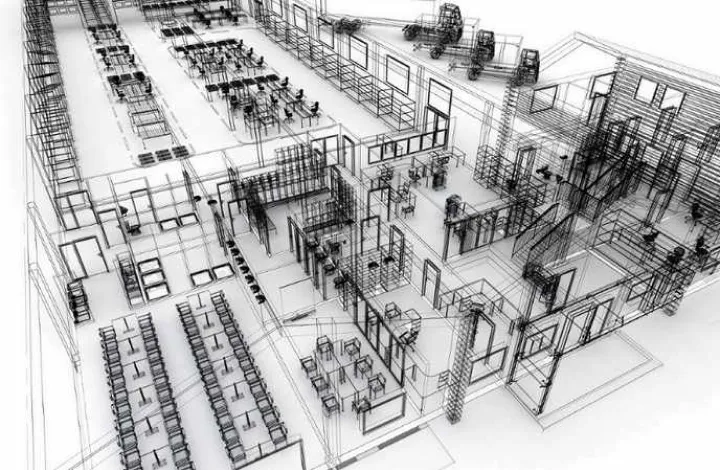
Some areas whose design you may review for ensuring safety are stairs/ramps, emergency escape routes, pedestrian walkways, storage isles and areas, racking, flooring, etc. You need to determine if they are safe for use the way they are and if the staff are trained to work with them.
Fire and Emergency Plan is a Must
OSHA health and safety guides prescribe that warehouses have an emergency plan for execution in an emergency, especially fire. So, you must ensure at least three things – fire/emergency exits and evacuation procedures; procedures that keep track of all employees and visitors frequenting the site; and the location of fire extinguishers, emergency water hoses, etc.
As a matter of fact, apart from risk assessment, you should also conduct a fire risk assessment.
Slips and Trips can Take a Big Toll
During the year 2015, according to a report from the US Bureau of Labor Statistics, slips and trips were the second biggest cause of fatal accidents at workplace.

Housekeeping is one way to effectively prevent slips and trips and ensure warehouse safety. And there are simple things you can do to avoid these incidents. For example, cleaning spills on the floor right away, not allowing clutter on the aisles, providing proper shoes to workers and visitors, ensuring proper lighting, and most importantly, training your staff.
Manual Handling Needs to Be Minimized
Manual handling can pose health risks like back aches and neck pain to the handler. You must minimize manual handling while considering the load limit. The aim should be to deploy processes that pose minimum risk. Mechanical handling should be encouraged wherever possible and safely. Automation is making notable advances in modern warehousing.
You should train manual handlers for safe handling and provide them with personal protective equipment. You may also consider changing shelves and racks to ease manual handling.
Working at Height – Dangerous as It Is
This is one of the important areas where you need to implement safety best practices. It must be avoided and made safer where it cannot be avoided. The staff working at heights should be properly trained and must use personal protective equipment in the prescribed manner. You must inspect the process and equipment regularly.
Vehicular Accidents
The same 2015 report from LBS reveals that the biggest fatal accidents at the workplace were transportation-related. In fact, ‘drive-away’ incidents (wherein the lorry moves away from the loading dock before the loading and unloading are complete) take a heavy toll on warehouse employees’ safety.
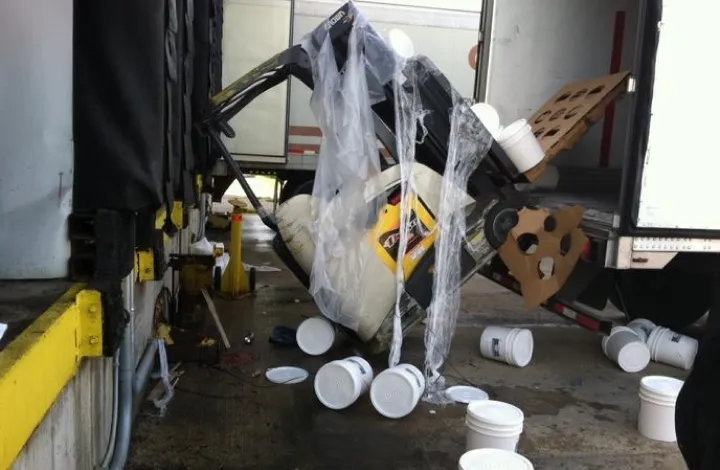
Train your lorry drivers to handle the lorry during loading and unloading processes. You need to create immobilizing systems so that the lorry cannot move. Or, you could make an indication process for the start and completion of the loading and unloading processes. You may also consider deploying safety guards to oversee the procedure and instruct the driver about when to stay and when to move.
Forklift Trucks – Not a Piece of Pie
Statistics from OSHA also reveal that more than 17 industrial accidents in 2017 involved forklifts. From experience, forklifts can be one of the deadliest things around if you do not follow safety precautions.
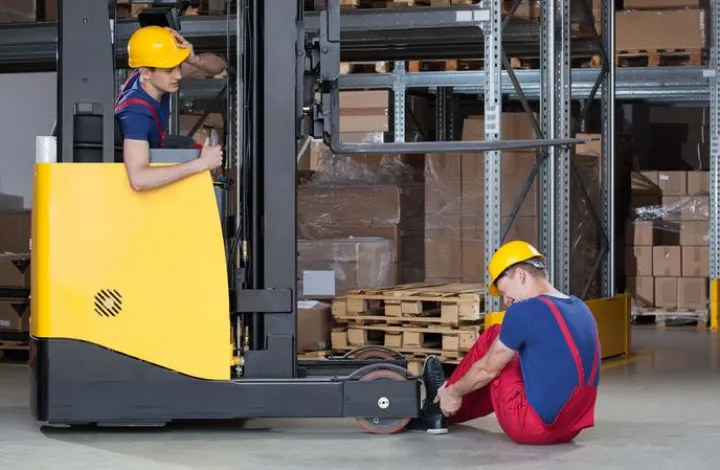
The best safety practices to keep in mind are:
- Never let untrained personnel operate forklifts.
- Always have safety instructions recorded, reviewed, and revised.
- Hold timely inspections and maintenance.
- Distance forklifts from areas with pedestrian traffic/consider installing physical barriers.
- Keep an alerting system intact to alert the workers nearby that the forklift is in action.
Apart from this, you must always comply with the legal provisions that a warehouse must meet. Also, always be sure to keep first aid handy. You should also appoint a person who can take charge in an emergency.
Treating the safety of the warehouse as an essential part of warehouse management can not only prevent you from many unwanted situations but also sustain a workforce that contributes well to the business.
If you want to learn more about warehouse digitalization and optimizing warehouse processes, you can follow us on LinkedIn, YouTube, X, or Facebook. If you have other inquiries or suggestions, pleasecontact us here. We’ll be happy to hear from you.
